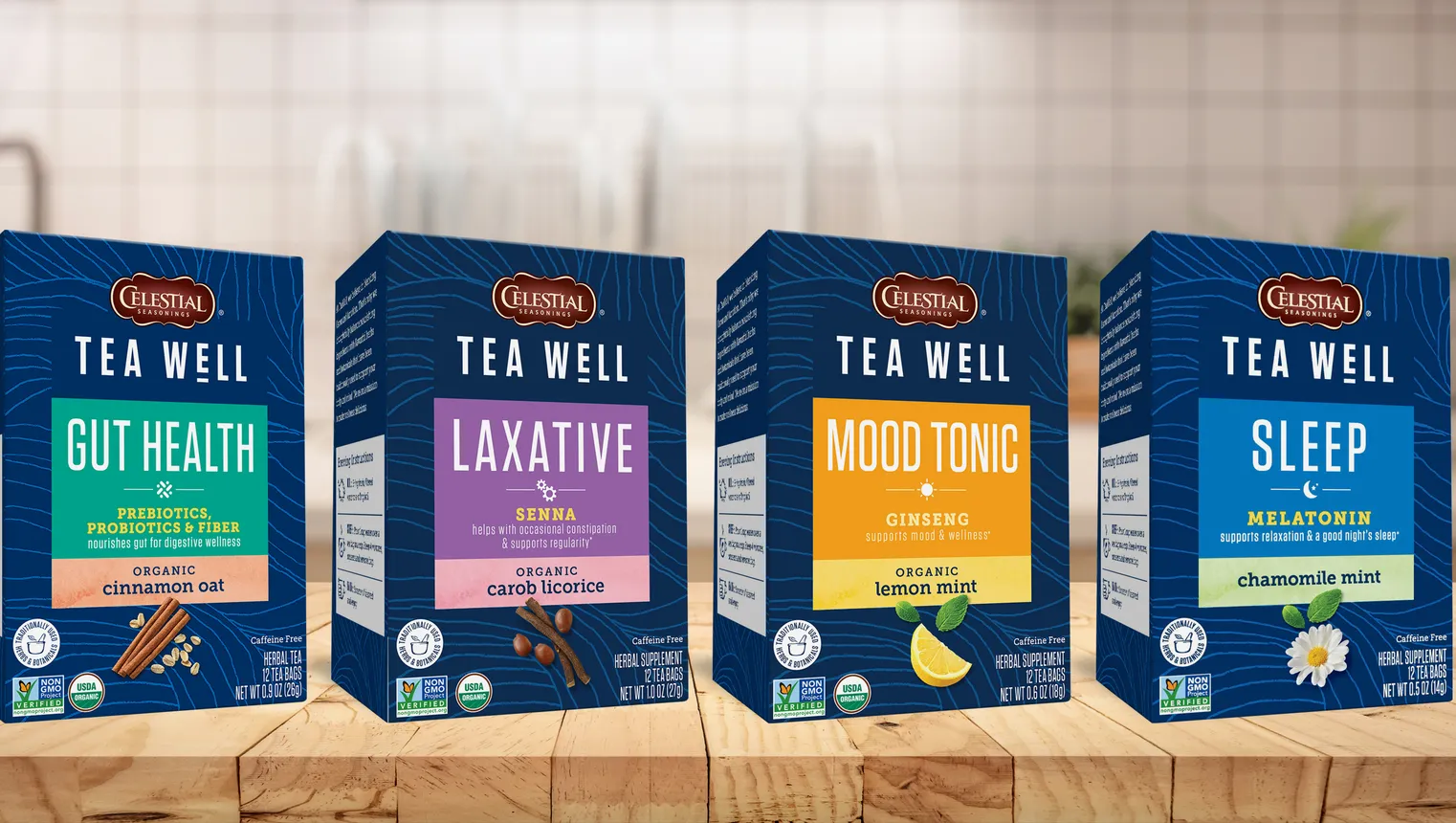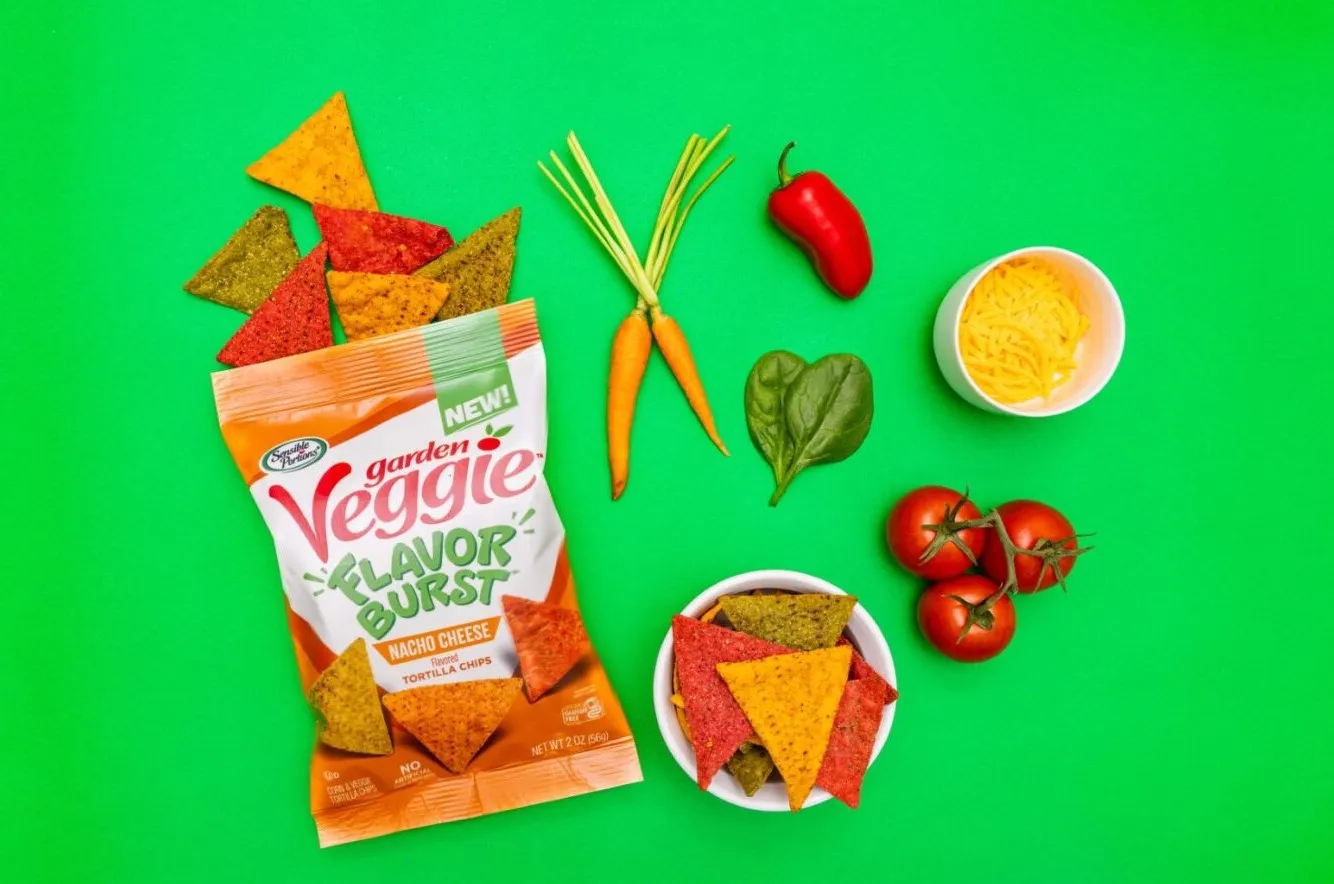Hain Celestial could finally begin taking advantage of health and wellness trends popular with consumers after spending several years stabilizing and streamlining its sprawling food and beverage empire.
“When I first joined Hain, we had a lot that we needed to transform in the company,” said Hain CEO Wendy Davidson who took the helm in 2023. “We weren’t really in a position until now to be able to tell that story, both with credibility, but also with a portfolio of products to back it up.”
The 32-year-old health and organic products giant was cobbled together through 55 acquisitions during a quarter century. This growth-at-any-cost mentality supercharged sales but left Hain with a disparate group of brands in 37 different categories, creating a portfolio with little coherence.

Wendy Davidson, CEO of Hain Celestial. Permission granted by Hain Celestial
At the same time, surging consumer interest in eating healthier prompted large CPG manufacturers, such as General Mills and Nestlé, to build a bigger presence in the space. Hain was no longer the only game in town.
The headaches at Hain were compounded by a scant marketing budget, a lack of innovation and a burgeoning debt load that did little to help the manufacturer of Sensible Portions Garden Veggie snacks, Celestial teas and Greek Gods yogurt.
‘A show-me story’
The ability to tap into food and beverage trends would provide a much-needed lift to Hain, which has seen sales slip and its stock price tumble to its lowest level in nearly three decades.
Davidson acknowledged in February that Hain reported a “disappointing revenue quarter,” with net sales falling 7% to $411 million.
Davidson noted that the company is taking steps to address supply chain challenges, boost in-store marketing and enhance product distribution. These moves should help drive sales growth in the second half of the year. She also pointed to strength in some of the company’s business, such as meal prep, Hain’s largest category.
“We’ve known, certainly for the last two years, that we need to simplify our story and clarify who we are as a company to the marketplace, and I think we’ve done that,” Davidson said. “But I would also say that we are a show-me story, and I think the stock price reflects the fact that we have not fully demonstrated our pivot to growth and the full potential of our brands.”

Optional Caption
Permission granted by Hain Celestial
Some analysts agree.
In a February research note after Hain’s second-quarter earnings, John Baumgartner, managing director for equity research in food and healthy living for Mizuho Securities USA, said the company’s pivot to growth is taking longer than anticipated. He added that while the New Jersey company’s revenue outlook provides reasons for optimism, it is beset by a high degree of uncertainty.
“We remain concerned for HAIN as a sub-scale model challenged for growth via smaller financial resources,” Baumgartner said. Hain’s advantages “vs. conventional food are also likely to narrow with further recipe enhancements by Big Food” to meet the Trump administration’s Make America Healthy Again initiative, he added.
In January, Bernstein analysts said in a note that Hain is “not for the faint hearted” but that it is a company “worth keeping an eye on in the first half of 2025.”
Dominating better-for-you
Since joining Hain, Davidson has prioritized stabilizing the company’s business, divesting non-core brands, boosting margins and paying down debt. This has proven to be no easy task.
The overhaul came during a tumultuous time for the food space, with COVID-19, supply chain disruptions, inflation and changing consumer habits weighing on companies.
“We’ve known, certainly for the last two years, that we need to simplify our story and clarify who we are as a company to the marketplace, and I think we’ve done that. But I would also say that we are a show-me story.”

Wendy Davidson
CEO, Hain Celestial
Davidson, a former Kellogg and Tyson Foods executive, has divested ParmCrisps to Pop Secret owner Our Home and sold Thinsters cookies to Dippin’ Dots maker J&J Snackfoods. Hain recently put its personal care unit, responsible for 3% of its business, up for sale.
Hain also has put resources behind innovating its top brands. The company broadened its Sleepytime Celestial tea from a nighttime offering to an all-day beverage associated with health and wellness. It also launched a healthier tortilla chip under its Garden Veggie brand aimed at the $9 billion tortilla chip category.
Davidson conceded there is a lot of competition in the better-for-you space.
Still, she said unlike other Big Food players who dabble in a few trendy categories, Hain’s portfolio covers a wider variety of areas — from gluten-free and keto to dairy-free, high protein and GLP-1 friendly. Hain executives maintain the company’s ability to incorporate multiple attributes into its portfolio makes it attractive to consumers, many of whom are incorporating several of them into their diets.
“We know better for you better than anybody and actually play deeply and authentically in the space,” she said. “Hain was cool before it was cool to be better for you, which is a good place for us to be.”

Optional Caption
Courtesy of Hain Celestial
Consumers have increasingly turned to purchasing foods they consider healthier but that don’t sacrifice on taste or convenience.
Hain’s brands are made with recognizable ingredients and it eschews artificial colors — including Red No. 3 recently banned by the FDA — in favor of ones from natural sources like fruits and vegetables.
Hain is optimistic its portfolio also is aligned to benefit from the surge in demand for GLP-1 medications.
Roughly 14% of U.S. adults have taken GLP-1 drugs to lose weight or manage diseases like diabetes. The medications, which suppress appetites, have led to concerns that they could lead to a sharp drop in food consumption and sales.
Still, a decline in consumption hasn’t changed the fact that people still need the proper nutrition to maintain muscle mass and overall health, or that they are attracted to portion-controlled products.
Hain recently partnered with health experts to understand the needs of GLP-1 users and which of its products would work depending on how consumers are using the medications.
Hain’s portfolio includes Geek Gods yogurt with protein, calcium and probiotics; and Imagine soups that contain hydration and fiber. In addition, its Terra chips and Garden of Eaten are high in fiber and have blue corn and sweet potatoes, respectively, as their first ingredient.
The food manufacturer plans to begin marketing several of its products for GLP-1 users.
“Regardless of what your dietary requirements are, we have something for [the consumer,] and we need to make it easier for the shopper to understand how these products can make it easier for them to meet their diet without sacrifice,” Davidson said.

